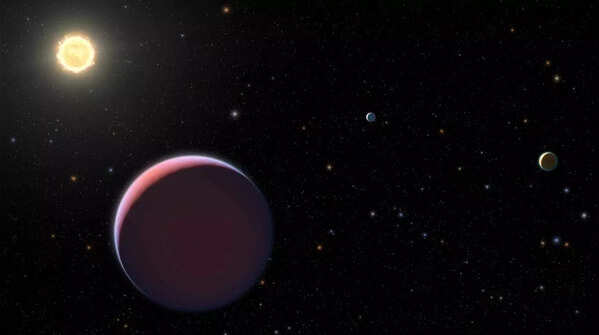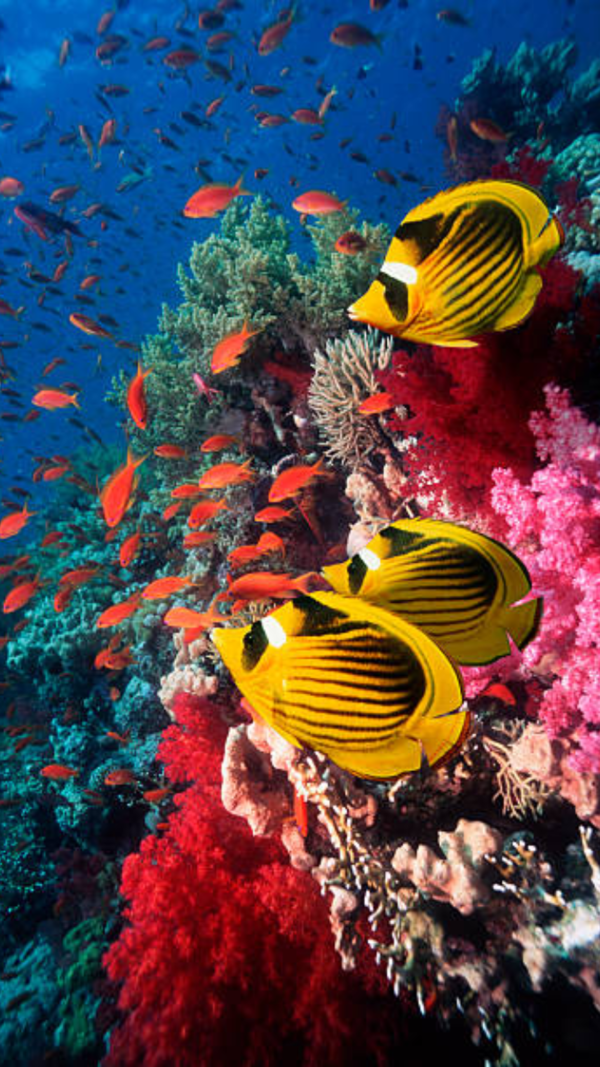5 fluffy exoplanets in distant galaxies that seem as delicious as cotton candies

5 fluffy exoplanets in distant galaxies that seem as delicious as cotton candies
Space is full of surprises but few are as unique as the so-called "cotton candy planets." These young, giant exoplanets have an incredibly low density and are quite light and airy in weight that is why they are officially known as super-puffs. While they may appear as large as Jupiter, their mass is only a fraction, making them more like puffy clouds than rocky giants.
These super-puffs have given a path for scientists to rethink how planetary atmospheres evolve and how such large planets stay so light. They also open a door to studying atmospheric chemistry in young planetary systems, that tells about the early years of planet development.
While we’ve never seen anything like these in our own neighborhood, advanced telescopes like Hubble and the James Webb Space Telescope are helping us get clearer views of these adorable-looking worlds. Here are some of the ‘cotton candy’ planets discovered so far.

Kepler-51 b
Kepler-51 b is one of the first planets ever labeled a “super-puff.” This Cotton candy orbits a young, Sun-like star 2,600 light-years away, which is a gas giant about the size of Jupiter but only a few times more massive than Earth. Its atmosphere is so expanded and fluffy that it’s roughly a hundred times less dense than water. Scientists think it may have formed far from its star and then migrated inward, bloating its hydrogen and helium layers in the process.

Kepler-51 d
Kepler-51 d orbits a bit farther out than its sibling, Kepler-51 b, and might be even puffier. According to the new data, scientists have found that this planet can be lighter than they thought, making it one of the fluffiest planets ever found. The planet also has a cooler temperature and is covered in thick clouds that block most light, so scientists can’t detect what its atmosphere is made of. Over time, it’s expected to shrink and lose some of its gas, but it’ll likely stay puffy for a long time.

Kepler-51 c
Often overshadowed by its larger siblings, Kepler-51 c is the third super-puff in the system. Though less studied, it shares the same bizarre traits of having a large size, low density, and an age of just 500 million years. Scientists think this trio formed beyond the system’s “snow line,” a region where ice and gases can build up more easily, which helps to explain their massive and extended atmospheres.

HAT-P-67 b
While Kepler-51’s planets get much of the spotlight, HAT-P-67 b is another popular planet in the cotton candy world. It’s about 60% the size of Jupiter, but quite lightweight in comparison to the large planet; it could practically float in a bathtub, if you could find one big enough. This gas giant orbits a much older star than the Kepler-51 trio. This suggests that even mature systems can have extremely low-density planets. Its bloated texture may be due to intense stellar radiation expanding its outer layers.

WASP-107 b
WASP-107 b might not be quite as large as Jupiter, but it’s still massive and has a noticeably low density. It’s often called a "super-puff Neptune" because it shares traits with our own solar system’s ice giant, but is much puffier. Unlike the Kepler-51 planets, this one has shown signs of water vapor and other chemical elements, and these traits have also drawn the scientists’ attention for further atmospheric studies. Its lightness is due to a thick, hydrogen-rich envelope formed in its early years.









